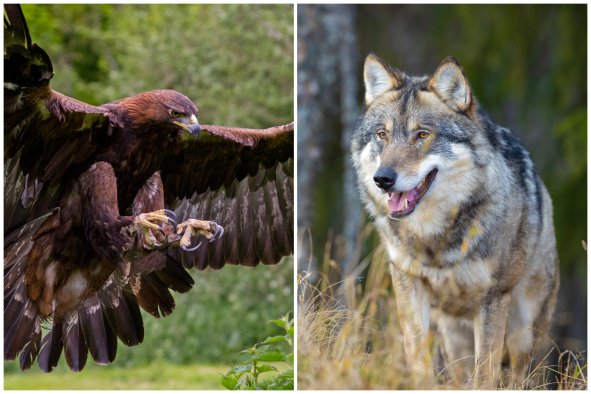Pagans in northern Europe's Baltic region imported horses from neighboring Christian countries during the late medieval period to sacrifice in funeral rituals, a study has revealed.
The research, published in the journal Science Advances, analysed the teeth of horses buried in the cemeteries of these communities and discovered that the pagans sourced at least some of the animals from newly Christianized Scandinavia across the Baltic Sea.
This challenges the traditional archaeological consensus that pagan Baltic tribes exclusively sacrificed horses from local breeds, while also casting light on the complex relationship these groups had with Christian communities.
"Our results prove that horses were crossing the Baltic Sea on ships, a level of mobility not previously recognized archaeologically," the study authors wrote.
Horse sacrifices are an enigmatic feature of funerary rituals that occurred across Europe from prehistoric times through the medieval period. The latest examples of such sacrifices are known from the eastern Baltic region, where the practice continued among pagan communities up until the 13th-14th centuries.
Researchers have previously found pits in this region with the remains of multiple horses, single complete horses or partial animals. While they tended to be buried separately from humans in many cemeteries of these tribes, a number of examples are known where the animals were placed together with the cremated remains of people.
In the latest study, an international team of researchers analyzed the teeth of more than 70 horses from the cemeteries of eastern Baltic tribes, dated from the 1st to 13th centuries. The team examined remains from nine burial sites located across modern-day Poland, Lithuania, and the Russian exclave of Kaliningrad.
The researchers used a technique called strontium isotope analysis, which can reveal the origins of animal remains. The approach works because soil, water and plants have a particular chemical makeup that is characteristic of the region they come from. This chemical signature can be detected in the hard tooth enamel of animals, enabling scientists to trace their origins centuries later.
The team's analysis revealed that three sets of horse remains, dated from the 11th to 13th centuries, had come from modern Sweden or Finland in Scandinavia, having traveled between 300 to 1,500 kilometers (roughly 186 to 932 miles).
This suggests that the pagan Baltic groups engaged in long-distance maritime horse trading with their Christianized neighbors in Scandinavia, according to the study.
The analysis also revealed that the around a third of the horses they tested were female, challenging the traditionally held view that these communities only sacrificed male horses.
"Given the unexpected prevalence of mares, we believe the prestige of the animal, coming from afar was a more important factor in why they were chosen for this rite," study lead author Katherine French—formerly of Cardiff University's School of History, Archaeology and Religion, now based at Washington State University—said in a press release.
Pagan Baltic tribes were seemingly sourcing horses from overseas Christians while simultaneously resisting conversion to the region.
"This revised understanding of horse sacrifice highlights the dynamic, complex relationship between pagan and Christian communities at that time," study co-author Richard Madgwick, also with Cardiff's School of History, Archaeology and Religion, said in the release.
The practice of horse sacrifice in the region gradually disappeared as Christianity spread there.
Do you have a tip on a science story that Newsweek should be covering? Do you have a question about archaeology? Let us know via science@newsweek.com.
Disclaimer: The copyright of this article belongs to the original author. Reposting this article is solely for the purpose of information dissemination and does not constitute any investment advice. If there is any infringement, please contact us immediately. We will make corrections or deletions as necessary. Thank you.



